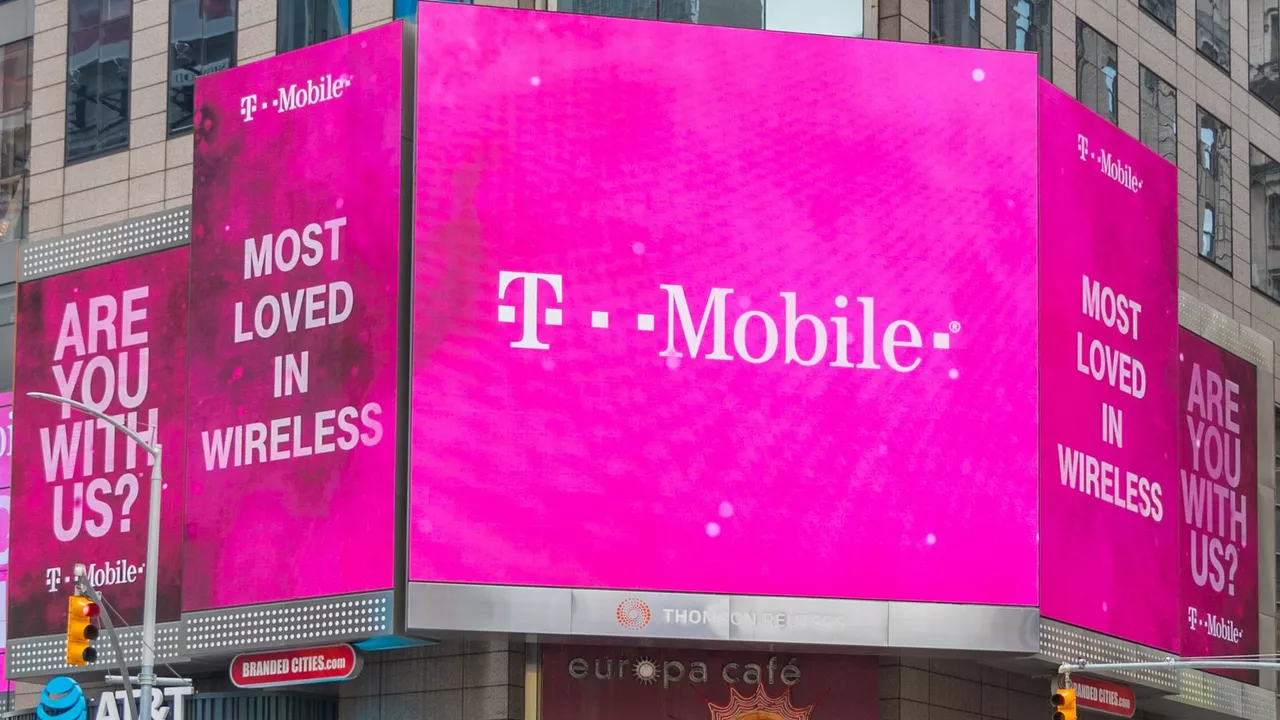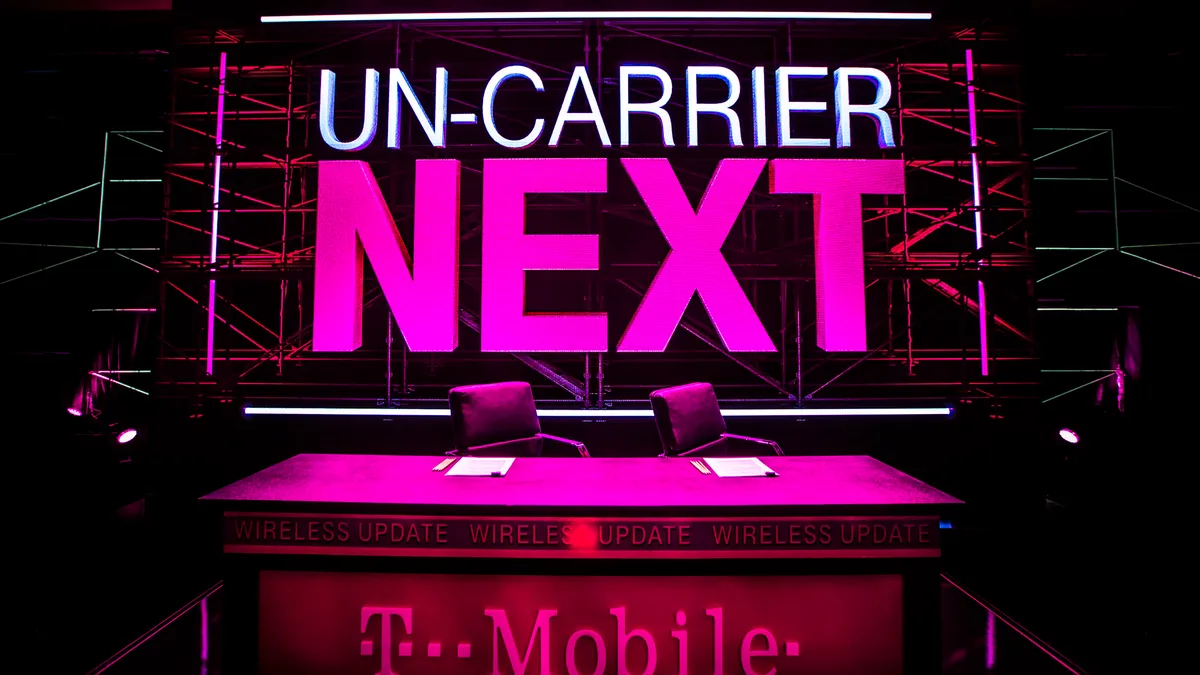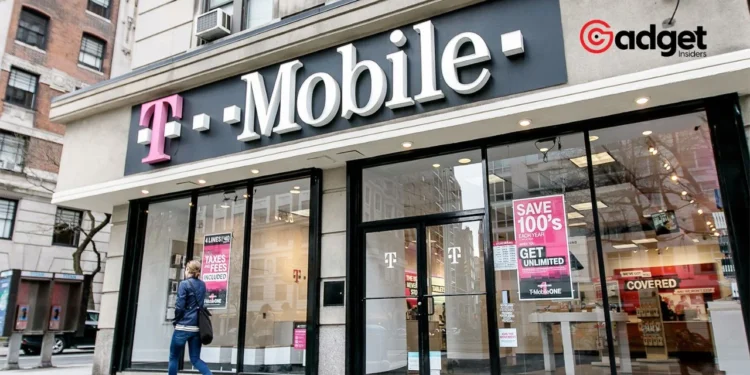In an era where transparency in pricing is more demanded by consumers than ever, T-Mobile has been navigating the tumultuous waters of the US telecom industry with a crafty strategy that allows it to impose additional fees while still upholding its “Un-carrier” identity. This moniker, synonymous with T-Mobile, signifies its departure from traditional carrier practices, a legacy attributed to its vibrant former CEO, John Legere.
Under Legere’s leadership, the telecom giant was distinguished by its aggressive marketing against competitors like Verizon and AT&T, boasting lower plan prices and rapid 5G network expansion, all while maintaining a persona of the rebellious underdog.

Balancing Act: Price Wars and Network Expansion
Mike Sievert, who took the helm from Legere, has slightly shifted the focus, dialing down the Un-carrier rhetoric but not entirely abandoning its foundational principles. A comparative analysis of plan prices across the major carriers reveals that the brand’s basic unlimited and family plans continue to undercut those of Verizon and AT&T.
This pricing strategy becomes particularly appealing for family plans, offering significant savings without compromising on essentials like video streaming quality and hotspot allowances. Yet, its advantages could be nuanced by coverage areas, especially in rural regions where Verizon currently leads in network reach.

Navigating Fees: A Two-Pronged Approach
On March 8th, T-Mobile took a significant step by reducing the Device Connection Charge for new lines, a move likely to be welcomed by both current and potential subscribers wary of hidden costs. This decision underscores the company’s commitment to affordability in the postpaid market, where the bulk of carrier revenues are secured through long-term installment plans.
Conversely, the prepaid sector witnesses a different tactic. An increase in activation fees for T-Mobile Prepaid customers was announced, signifying a strategic recoupment in a segment less bound by contract obligations. Despite the hike, the telecom giant’s prepaid plans, including its Metro by T-Mobile service, remain competitive, offering substantial data allowances at compelling price points compared to rivals.
🚨 News Alert!
$TMUS T-Mobile US, Inc.
📰T-Mobile Un-Carrier All-Star Spotlight: Dr. Jie Hui
🔗https://t.co/kaD5TwYsEy
📢 Publisher: ACCESSWIRE💡 Follow me for more!
— CapitalWisdom (@CapitalWisdomAI) March 21, 2024
The Prepaid Predicament: Metro by T-Mobile’s Role
Metro by T-Mobile, a cornerstone of the company’s prepaid offerings, continues to enjoy immense popularity. With over 20 million subscribers, its deals, such as four lines with 35GB of full-speed data for $100, are hard to beat. This strategic positioning allows the brand to navigate the fine line between maintaining competitive pricing and managing operational costs.

Un-carrier in Essence
T-Mobile’s nuanced approach to fees, balancing reductions in postpaid with increments in prepaid, might seem contrary to its Un-carrier ethos at first glance. However, it reflects deeper strategic maneuvering to remain competitive and responsive to market dynamics.
As the telecom landscape evolves, T-Mobile’s ability to adapt while preserving its core identity of offering low prices and fast network services solidifies its position as a favorite among US carriers. The ultimate measure of its success remains its network’s reach and reliability, essential factors for consumers navigating the complex web of modern telecommunications.










